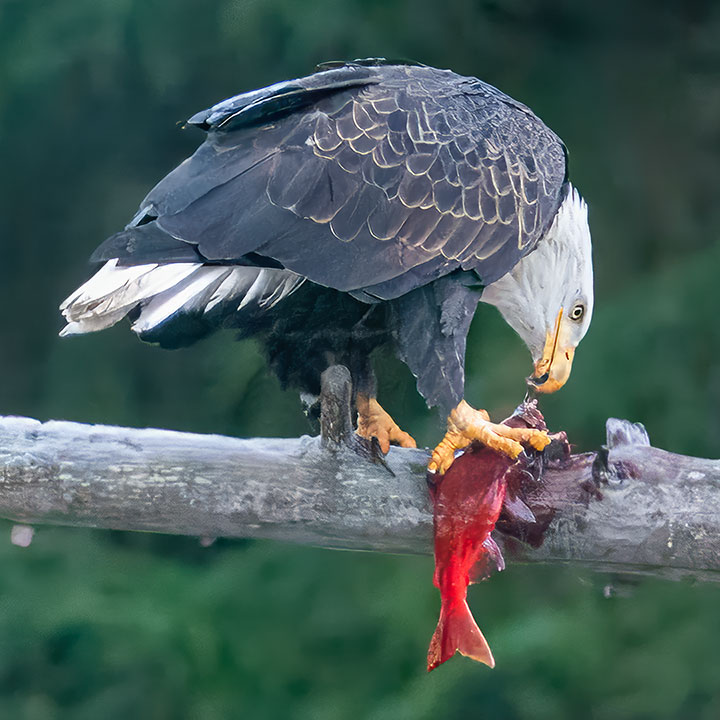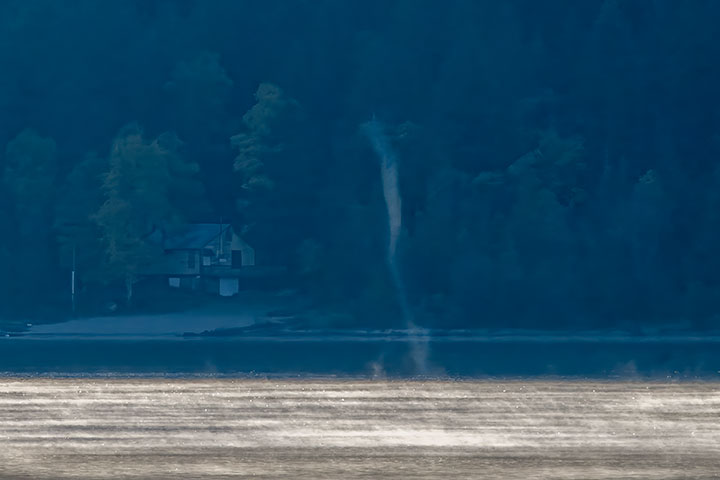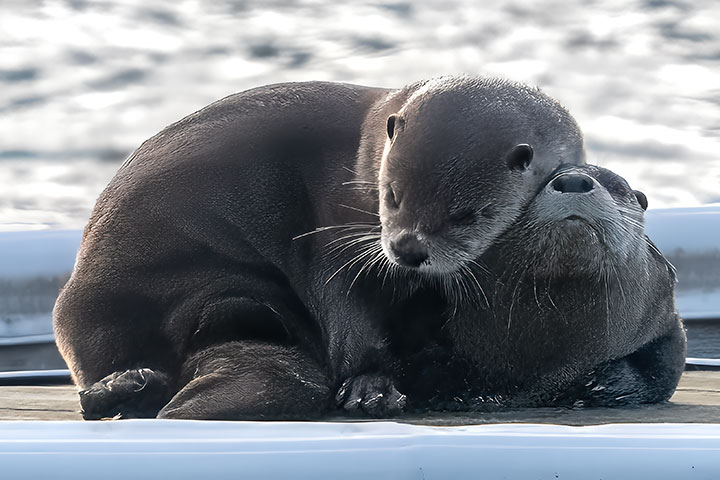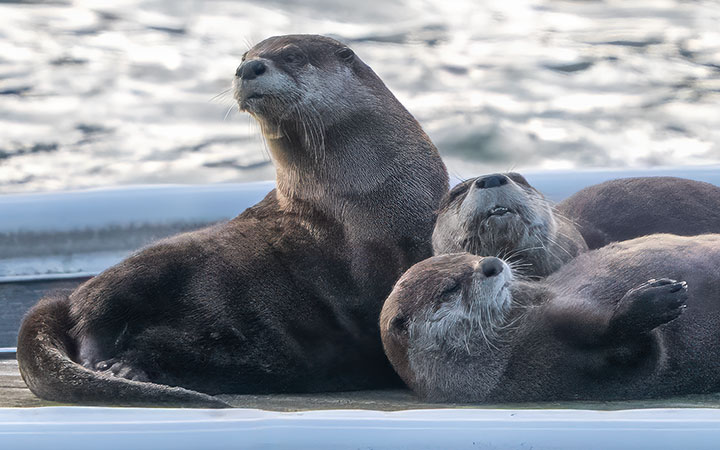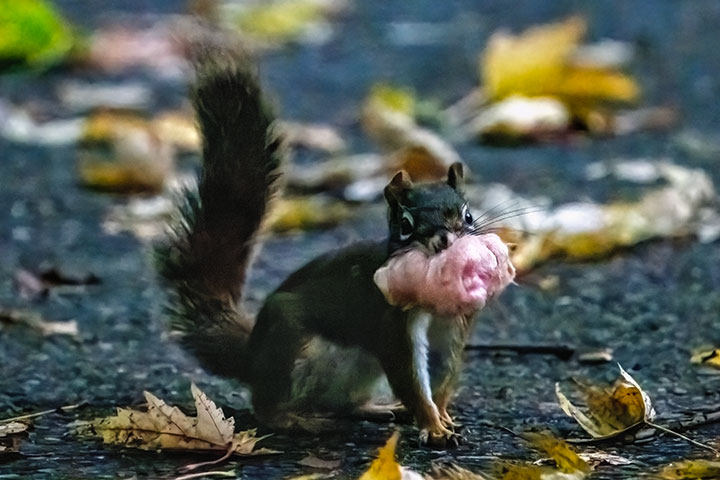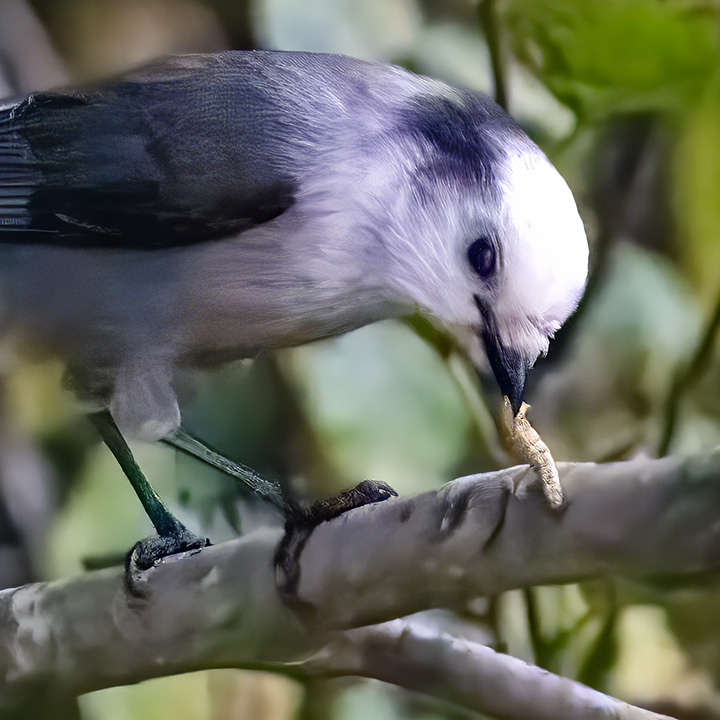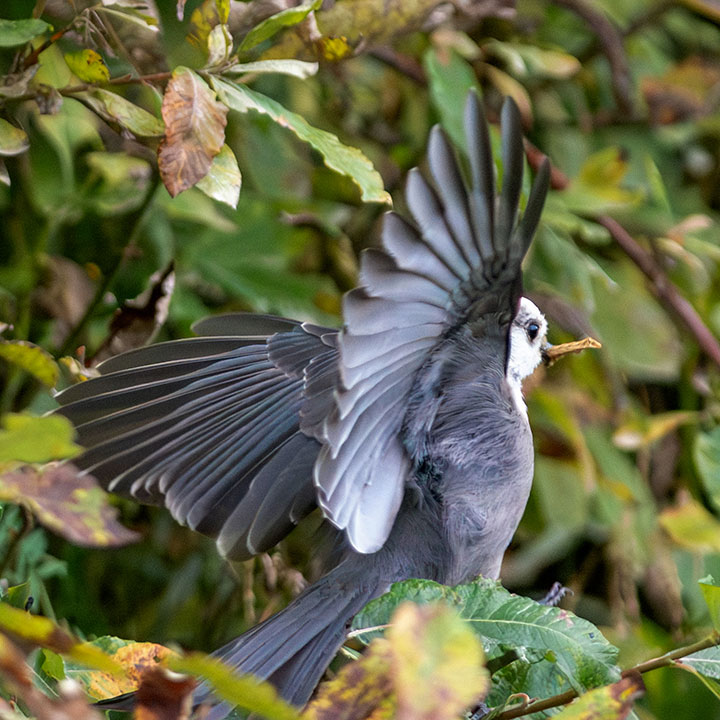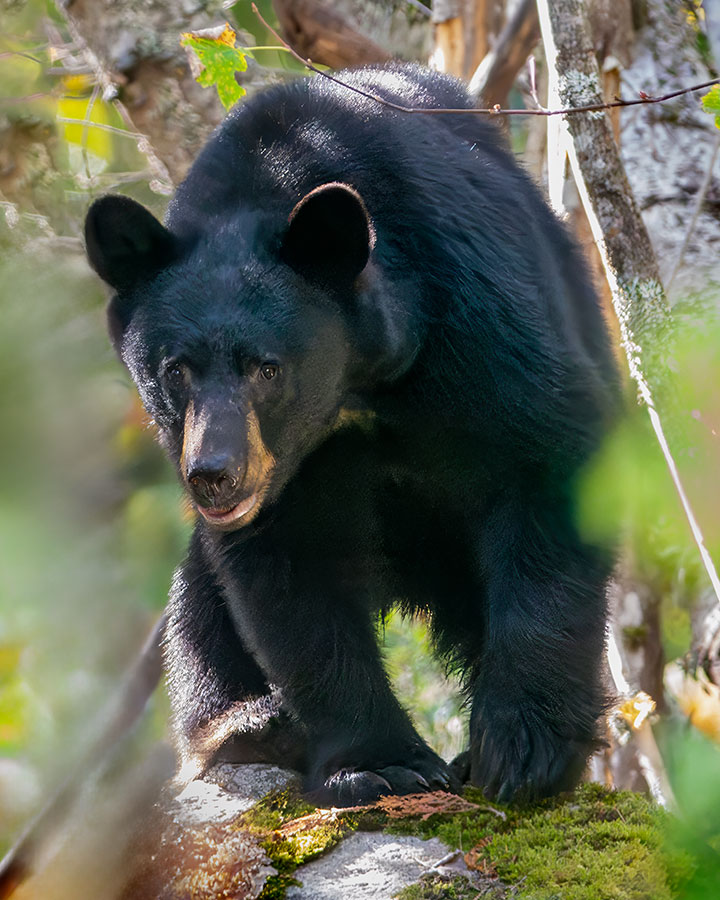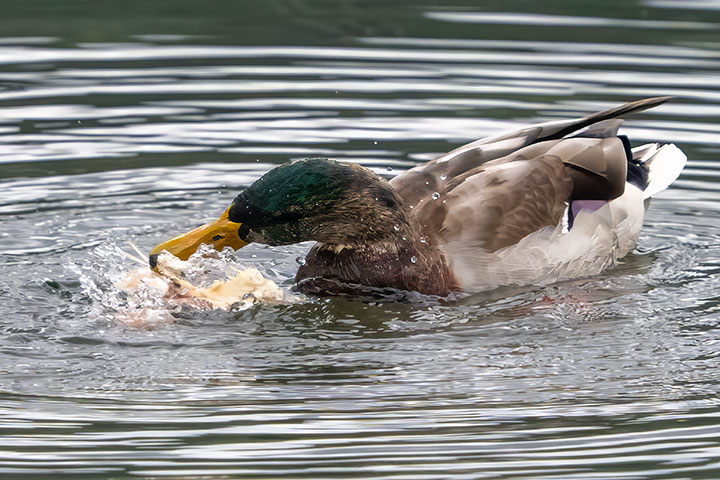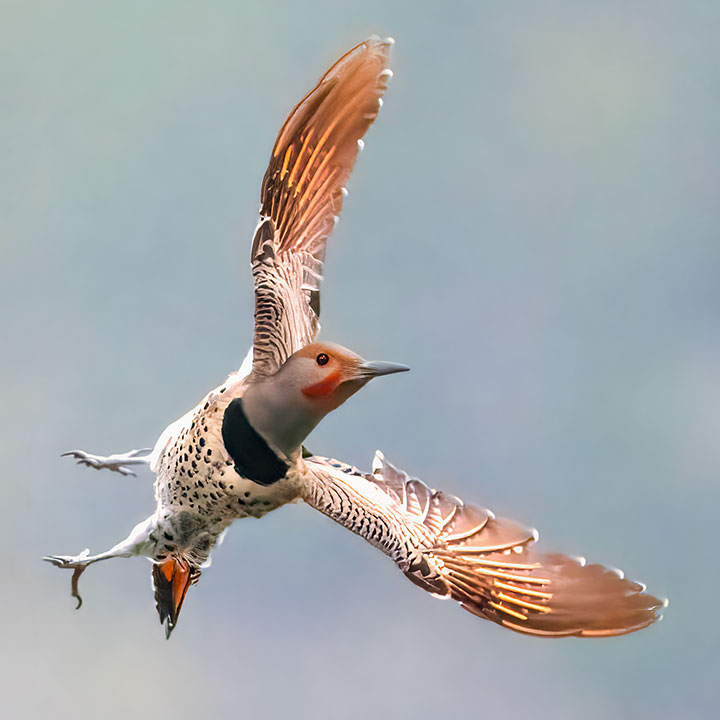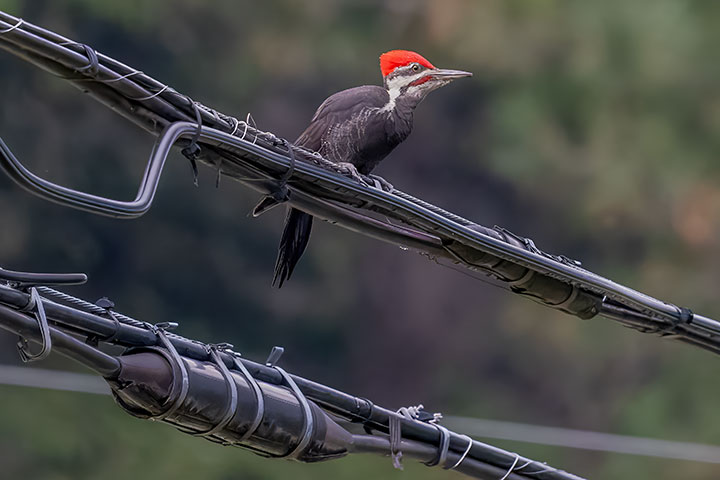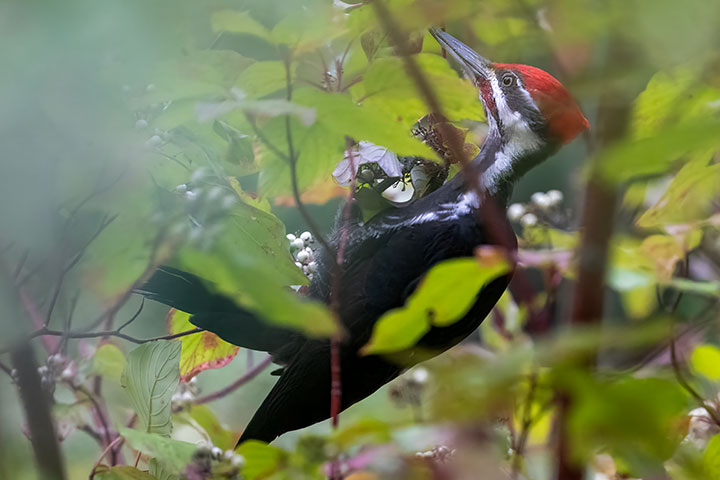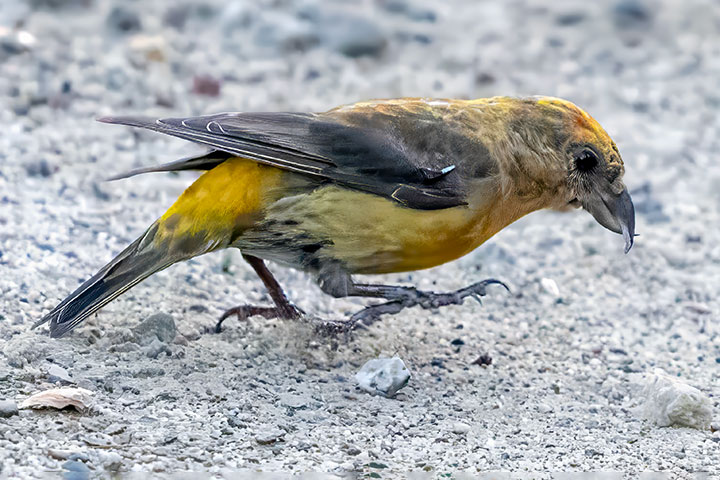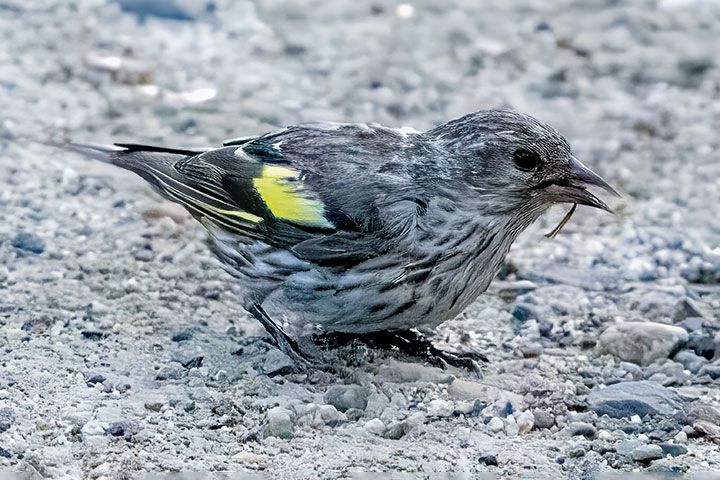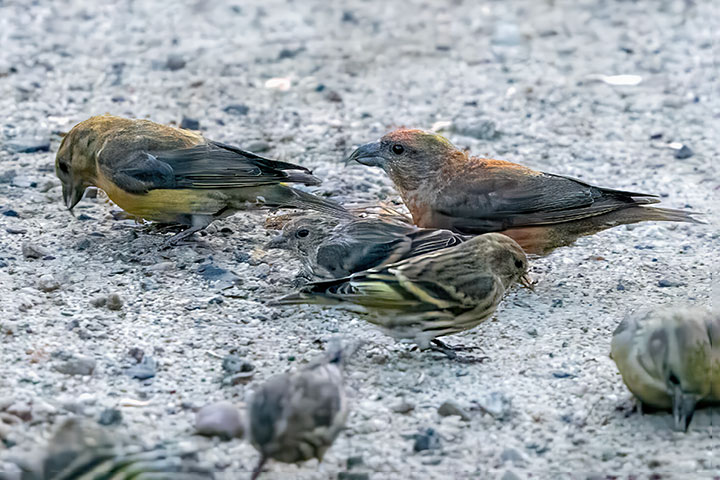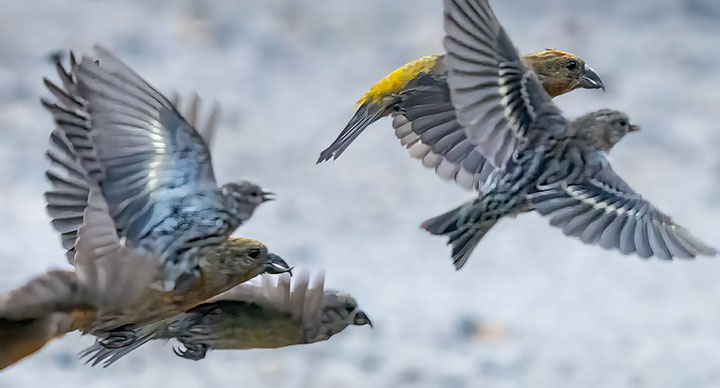There is a roughly 40 km dirt road I sometimes take in October. On it I count the Bald Eagles that are seen. They are largely migrants come to catch and eat a few of the many Kokanee salmon spawning in the adjacent river. Now, the eagles are fun and are readily visible, but the real point of travelling this route is not the eagles or the fish. I am looking for the grizzlies that show up for the same fish bonanza.
The migrating eagles are just eating enough to sustain them for the next portion of their trip from north to south, and so can afford to spend much of their time just sitting around. However, grizzlies are eating enough to sustain them through hibernation. Grizzlies just eat and eat.
About 18 years ago, I counted 68 eagles (a rather large number) along the road, then the number dropped for quite a few years. This last weekend, the count was at least 169. The actual count might have been a bit higher, but Cynthia and I began cutting it short after receiving a report of the sighting of some grizzlies ahead. Nevertheless, the count was impressive.
Here are a few eagle shots. The grizzlies will be on the next posting.
A juvenile (left) and an adult Bald Eagle rest on a branch.
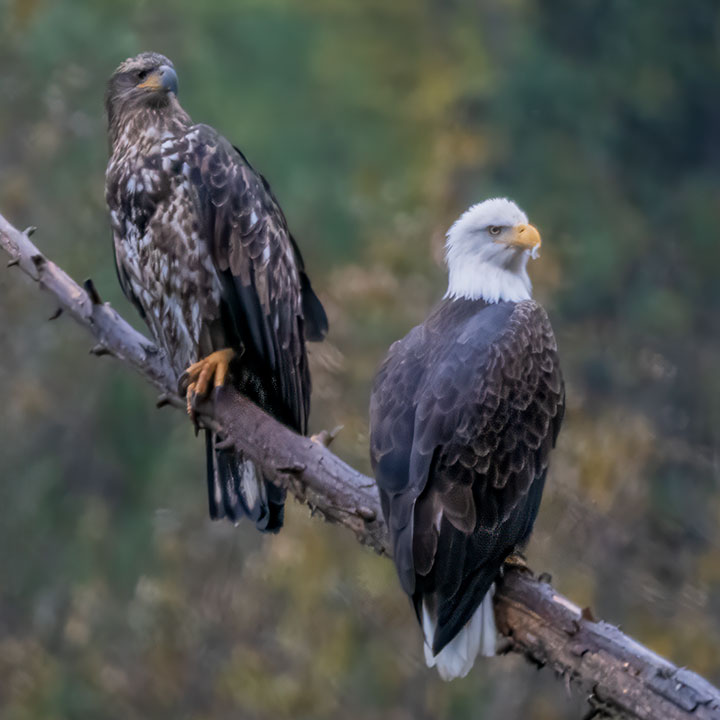
Some trees along the way were really crowded.
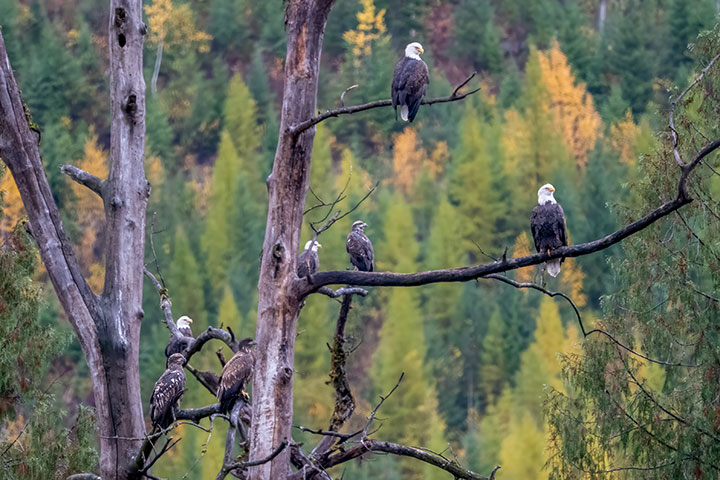
A juvenile eagle looks out from a branch. It is probably 3 years old.

And another takes to the air to go to another spot. Photo by Cynthia.
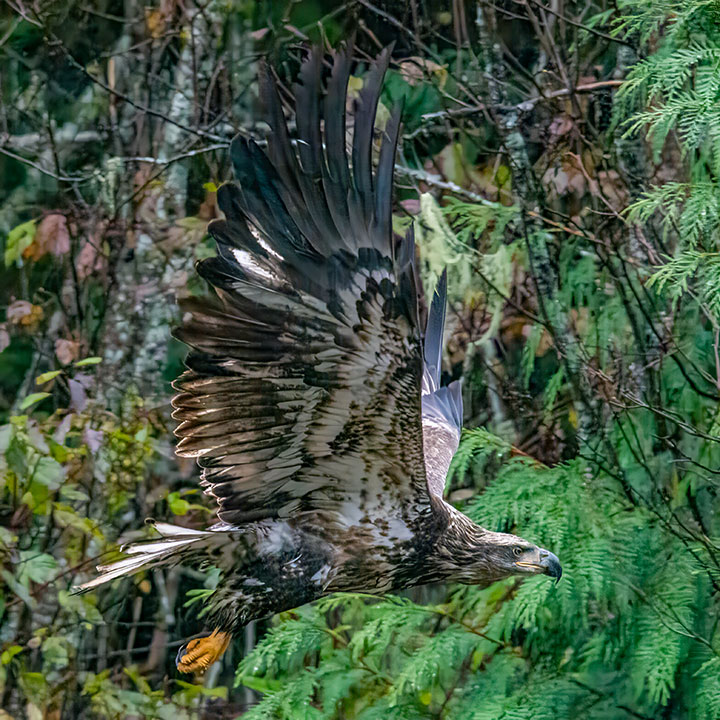
While the eagles spend most of their time just sitting, they occasionally will fly down to the water, catch a fish, bring it to a perch, and eat it. Photo by Cynthia.
